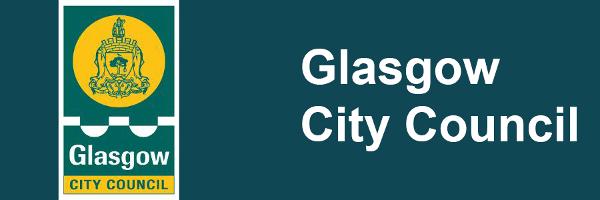Work begins on blue and green infrastructure project in Glasgow's East End
Published: 11 September 2018
A new green and blue infrastructure project in Greater Easterhouse being delivered by Glasgow City Council in partnership with Scottish Natural Heritage and the Metropolitan Glasgow Strategic Drainage Partnership - the latter funded through the Glasgow City Region City Deal - promises to use and develop the area's natural resources to encourage use of local parks and other high-quality green and water spaces, create drainage capacity to facilitate regeneration, reduce flooding and protect local wildlife.

Now begun, the Greater Easterhouse Green Infrastructure Project will increase access to high quality greenspace - including links to the Seven Lochs Wetland Park; provide the surface water drainage solution for residential and commercial developments, reduce flood risk through improved surface water management; and create connected habitat networks for the area's grassland water voles.
The project will see improvements to greenspace in Blairtummock, Cranhill and Ruchazie, as described below:
Blairtummock - blue networks will be created through daylighting of Whamflet burn and creation of wetland storage areas, with green network improvements through Core Path linkages; path creation and improvements within greenspaces and improving access to greenspaces from existing, and future development, residential sites; increasing drainage capacity and flood storage; tree planting and general landscaping improvements; natural play creation and improved nodal exercise points for the area; and the creation of a wildflower meadow as a habitat for fossorial water voles.
Cranhill - blue networks will be created by improving wetland habitats and reducing off-site flooding through the daylighting of Lightburn and the development of ponds and flood water storage areas. The greenspace improvements made here will be similar to those made in Blairtummock.
Ruchazie - blue networks will be created to improve wetland habitats and reduce off-site flooding through the development of SUDS ponds and connecting bodies of surface water; with green networks improved through: Core Path improvements southwards to Cranhill Area greenspaces; converting vacant and derelict land with greenspace creation, including paths, to improve link northwards into Hogganfield Park; improving Core Path linkage; path improvements within greenspaces and improving access to greenspaces from existing and future residential development sites; tree planting and landscaping; the creation of natural play and improved nodal exercise points for the area; and creating a wildflower meadow creation as a fossorial water vole habitat.
'Greenspace' can be described as woodlands, grasslands or parks, whereas 'bluespace' can be described as a space linked to water, such as a pool, pond or water course. When combined, these become green and blue infrastructure.
Councillor Kenny McLean, City Convener for Neighbourhoods, Housing and Public Realm, said: "The Greater Easterhouse Green Infrastructure Project will bring great environmental, economic and social benefits to this part of the city. I am delighted to see work beginning on the scheme, which will develop local natural resources to make them even more attractive for local people to use, reduce flooding, allow more homes to be built, and bring more visitors to the area."
Dr Mike Cantlay OBE, Chair of Scottish Natural Heritage, said: "Access to nature has a big impact on our physical and mental well-being. By transforming these three areas of vacant and derelict land into urban greenspace, we will connect more people with nature and encourage them to embrace the outdoors. Investing in urban green infrastructure is also important for the city's long-term health. Adapting to climate change is a key challenge for many of Scotland's cities, but greenspace can help mitigate its effects. This project is also part of the wider strategic drainage plan for Glasgow and will reduce flooding risk. We are proud to support this investment in the Greater Easterhouse community."
Scottish Natural Heritage is providing funding for these works through the European Regional Development Fund, which will be match-funded by the Glasgow City Region City Deal through the Metropolitan Glasgow Strategic Drainage Partnership. The works are being carried out by RJ McLeod.




